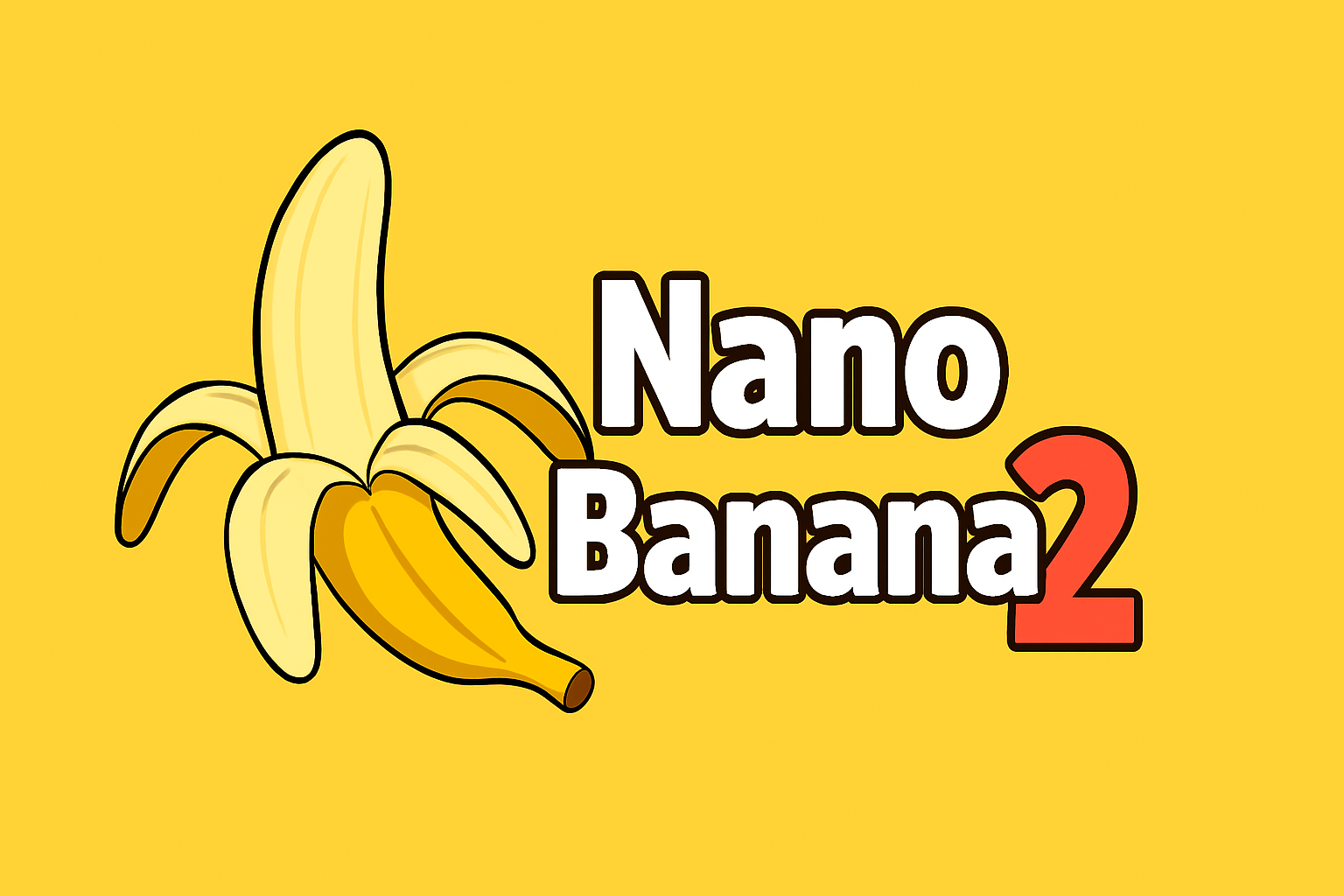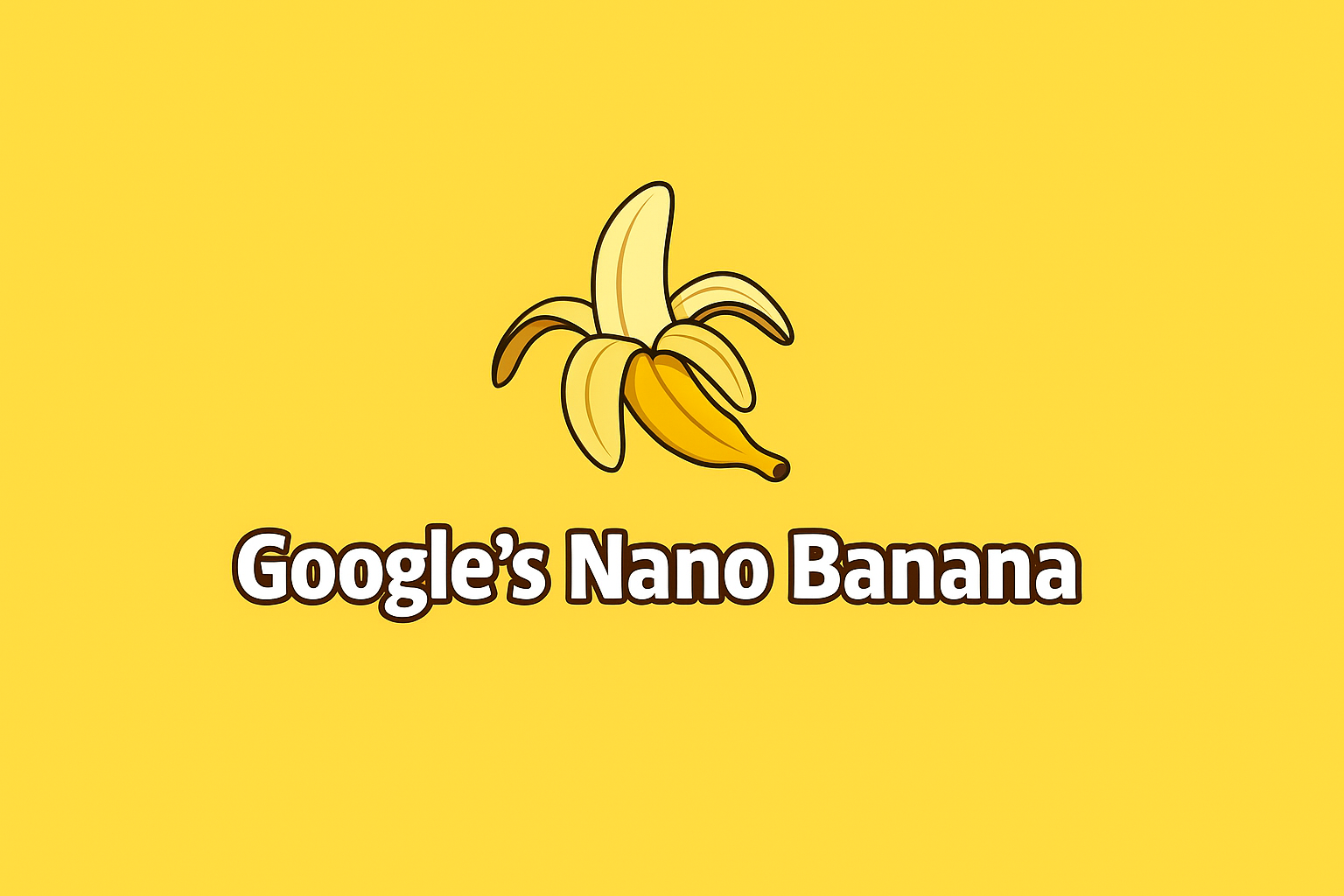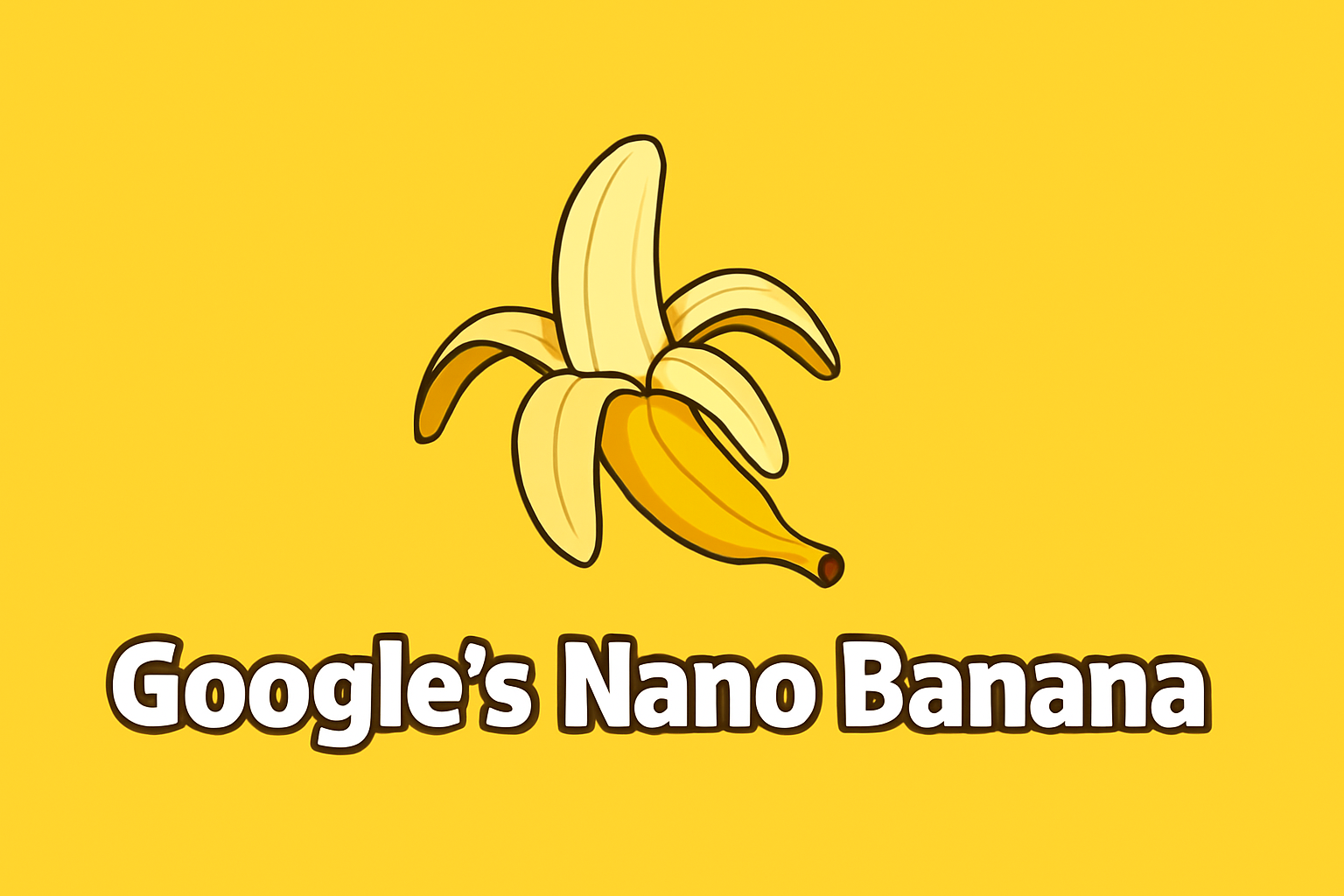


When your phone’s camera just won’t cut it anymore, imagine an AI that doesn’t just capture an image—it understands the scene, edits your face, changes style,...



When Google quietly released Veo 3.1, the early reactions have run the gamut from excitement to frustration. Users are poring over generated clips, pushing the boundaries of...



Meet Google’s AI Mode – The Future of Search Has Arrived Google Search has always been fast, but it hasn’t always been smart. That’s changing with...



In the rapidly evolving world of generative AI, text-to-video has become the new frontier. The release of OpenAI’s Sora 2 and Google DeepMind’s Veo 3 has...



The generative video arms race is accelerating. Google’s Veo series already impresses with text-to-video and image-to-video capabilities built with native audio. But rumors are swirling that...



Nano Banana (Gemini 2.5 Flash Image) is Google DeepMind’s advanced AI model for image editing and generation. Unlike traditional “text-to-image” generators, its main focus is editing...



A New Chapter for Web Browsing On September 18, 2025, Google pulled the curtain back on what it’s calling the most significant upgrade to Chrome in...



A Tweet Away from Art Imagine turning your tweet into a visual sketch—no fancy software, no coding, just a simple tag. That’s exactly what you can...



If you’ve seen social feeds flooded with eerily convincing “celebrity selfies” or one-tap outfit swaps lately, you’ve tasted what Nano Banana can do. Nano Banana is...



At its August 2025 “Made by Google” showcase, the spotlight wasn’t stolen by flashy new hardware. Instead, Google leaned into AI as the soul of its...